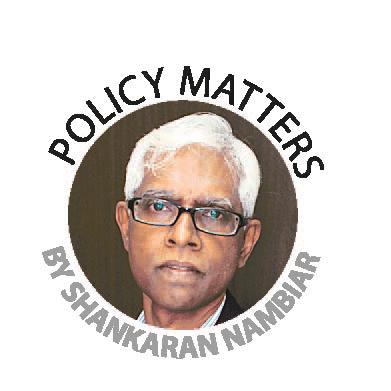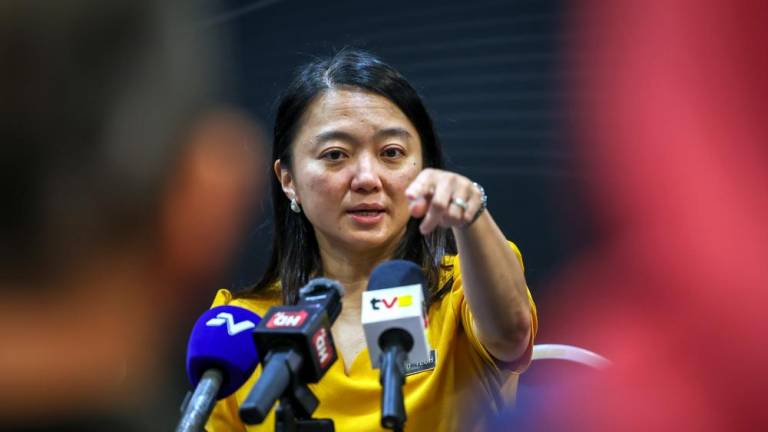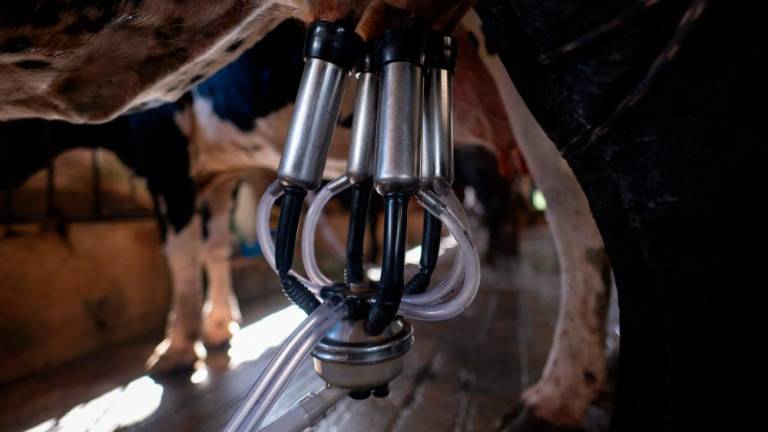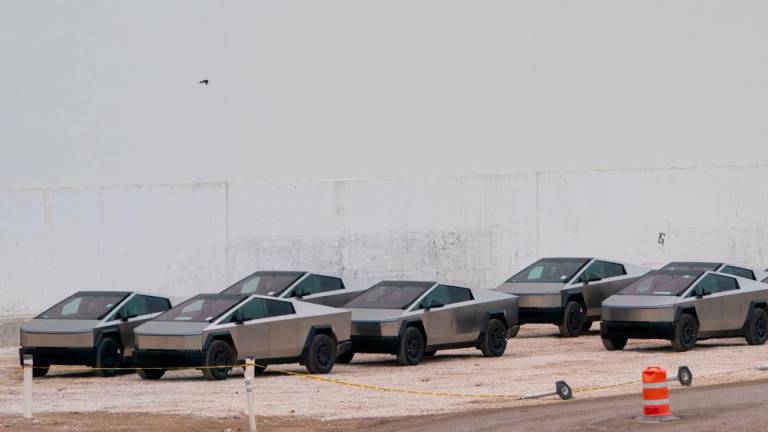THE Covid-19 pandemic will likely bring our economy to a much slower rate of growth than expected. Projections have varied from about 1%, from the more optimistic, to a negative value for those who are pessimistically inclined.
Naturally, the immediate focus is on mending the economy in the short-run, taking care to see that businesses do not fail in the next six months and consumers, especially the disadvantaged, are able to sustain a reasonable level of consumption during this period.
The attention on the present crisis, should not detract us from our long-term goals, although they do present a problem. Rather, precisely because they pose a challenge they need to be considered more carefully.
The most pressing problem is, of course, the pressure that will be exerted on our fiscal space. Malaysia has a long history of fiscal deficits, save for six years, and to this has been added the issue of mounting government debt.
With a high level of debt, the amount that the government can extend for long-term development purposes will be constrained. One has to keep in mind that four stimulus packages have been announced so far.
Second, the government has been in the game of selecting winners for far too long. Its record has not always been exemplary.
The act of choosing which industries needs to be left to the private sector. Most definitely the companies that will be formed to spearhead mega projects should be left to the private sector.
In any case, the state of deindustrialisation has to be arrested, if not reversed. And the private sector has to be given the opportunity to play a bigger role in reindustrialising the economy.
Tan Sri Dr Kamal Salih, public intellectual, corporate leader, politician, academic, who after various incarnations in these roles, has returned to the Malaysian Institute of Economic Research as its chairman, has conceived a plan on how the reindustrialisation process can be kick-started.
The Crouching Tiger Project, as conceived by Kamal is a strategy to address the problems facing the country’s long-term development.
Most striking are his plans to do two things: One, rely on Malaysians who have made major achievements in industry or commercialisable scientific advancements. Two, to get the private sector to take the lead in driving the right kind of projects.
The projects that have been highlighted in the Crouching Tiger Project are those that involve cutting edge technology, highly skilled labour and will push Malaysia out of the middle-income trap to the frontiers of technologically-induced industrialisation.
The relevance of these projects lies in the fact that they depend on private sector initiatives and businessmen who have been successful overseas.
Besides, the technology has already been worked out, obviating the need for expenditure on R&D.
Among the projects that have been proposed include high-tech agriculture, electric vehicles, the conversion of palm oil to aviation fuel and the deployment of 5G telecoms technology nationwide to maximise connectivity in the new normal post-Covid-19.
Common to these projects is their reliance on technology-intensive production methods rather than labour-intensive production methods.
The other commonality is that there are companies that have developed the know-how to run these businesses in Malaysia.
All that they need is a modicum of government support, much as Malaysian Investment Development Authority would support any other investor.
Malaysia needs a new model for reindustrialisation. Malaysia has been deindustrialising since about 1995 and the government’s plans have not worked very well.
We need a new model of industrialisation that will be led by the private sector, that will take the lead in sourcing the appropriate technology on its own, and that will use its own resources to set up shop.
Dr Shankaran Nambiar is a senior research fellow at the Malaysian Institute of Economic Research and visiting fellow at the Crawford School of Public Policy, Australian National University. Comments: letters@thesundaily.com















